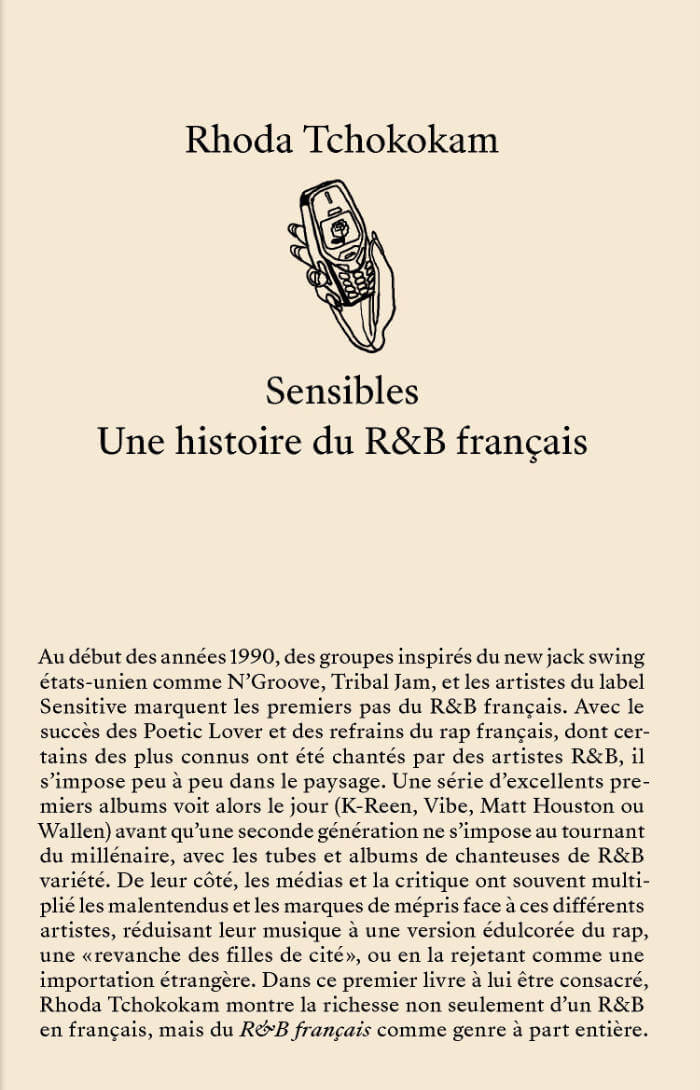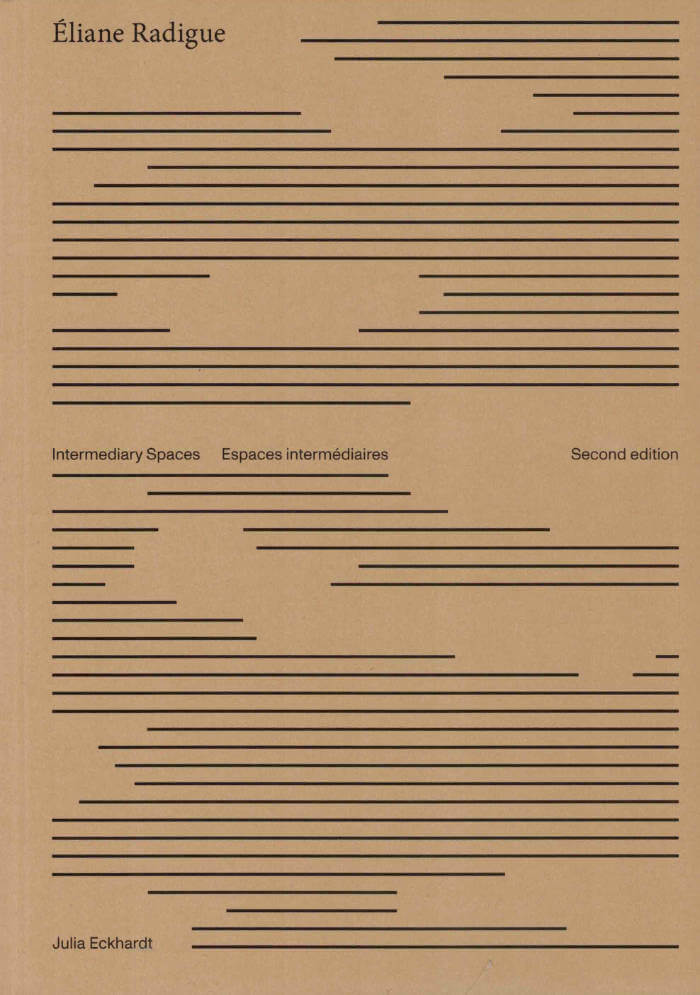
À L’ARRACHE: Portraits & récits de la scène musicale underground de Lyon, 1980—2020
« Des nuits des fêtes et de mille concerts que reste-il ? Des souvenirs brumeux de lieux improbables, des anecdotes en pagaille, une affiche dans ton salon, un flyer sur ton frigo, des histoires vertigineuses et des émotions de toutes sortes. On pensera aussi tout de suite à des visages, des rencontres, des aamitiés aui commencent au coin du bar ou fumant une cigarette dans un hangar glacial. Et puis ça se précise: tu te souviens tel concert génial, ce groupe qui t'obsède, cette salle moquette où tu écoutais des nappes de bruit, cette villa bourgeoise squatté qui débordait de sons obscurs et violents, cette ancienne usine occupée le temps d'un week-end par des teufeurs multicolores, un dojo de métalleux ou je ne sais quel autre endroit bizarre, on en veut encore. » [note de l'editeur]
336 pages de textes et d’images
format 18 x 26 cm
Graphisme : Félicité Landrivon avec Églantine Marcel
Éditions BARBAPOP, Décembre 2021




